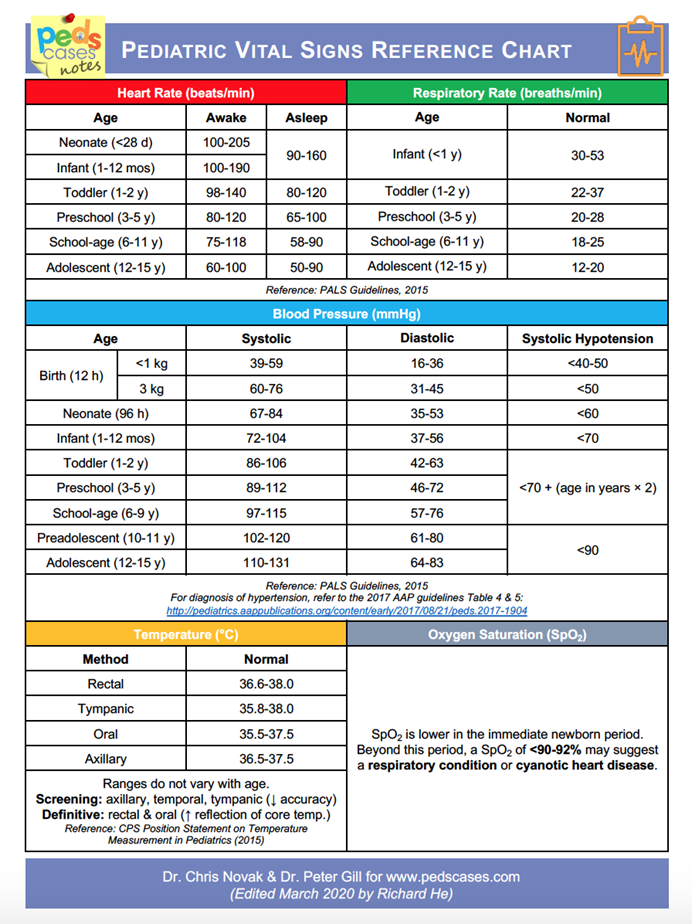A nurse in a family health clinic is collecting data as part of a routine physical examination of a client who is about to enter high school. The nurse observes an abnormal lateral curvature of the spine. The nurse should expect the provider to document which of the following disorders?
Scoliosis
Ankylosis
Kyphosis
Lordosis
The Correct Answer is A
A. Scoliosis: Scoliosis is characterized by an abnormal lateral curvature of the spine, commonly detected during routine physical exams in school-aged children and adolescents. This is the correct diagnosis for the described symptom.
B. Ankylosis: Ankylosis refers to joint stiffness or immobility due to fusion of the bones, not a lateral curvature of the spine. It is typically associated with conditions like ankylosing spondylitis and does not describe a spinal curvature.
C. Kyphosis: Kyphosis involves an abnormal forward curvature of the spine, often resulting in a hunchback appearance. It is not the same as a lateral curvature and thus does not fit the description given.
D. Lordosis: Lordosis is characterized by an exaggerated inward curve of the lower spine, commonly referred to as swayback. It does not involve lateral curvature and therefore is not relevant to the described condition.
Nursing Test Bank
Naxlex Comprehensive Predictor Exams
Related Questions
Correct Answer is A
Explanation
A. Heart rate 110/min: A heart rate of 110 beats per minute is within the normal range for a 4-year-old child. The typical heart rate for this age is between 80 to 120 beats per minute.
B. Capillary refill greater than 3 seconds: Capillary refill time should be less than 2 seconds in a healthy child. A refill time greater than 3 seconds may indicate poor perfusion or dehydration, which is abnormal.
C. Weight gain of 0.9 kg (2 lb) in a year: A weight gain of 2 pounds in a year is below the expected range for a 4-year-old. Children in this age group typically gain around 4-5 pounds per year as they grow.
D. Respiratory rate 32/min: The normal respiratory rate for a 4-year-old child is typically between 20 to 30 breaths per minute. A rate of 32/min is slightly elevated and may indicate respiratory distress or other issues.

Correct Answer is {"dropdown-group-1":"A","dropdown-group-2":"A"}
Explanation
Increased seizure activity
- Finding: Phenytoin level
The child's phenytoin level is 6 mcg/mL, which is below the therapeutic range of 10-20 mcg/mL. Subtherapeutic levels of phenytoin mean the medication is not providing adequate seizure control, increasing the risk of more seizures. The recent seizure history and the low drug level indicate a direct correlation between insufficient phenytoin levels and increased seizure activity.
Pneumonia
- Finding: Cough
A harsh, non-productive cough that worsens with activity and at night can be indicative of respiratory conditions, including asthma exacerbations. However, in the context of this child's history and symptoms, there is no evidence of a productive cough, fever, or other signs of infection that would typically suggest pneumonia. Hence, pneumonia is not the primary concern.
Liver failure
- Finding: Skin rash
Liver failure is usually associated with jaundice, elevated liver enzymes, and systemic symptoms like fatigue or confusion. The child’s liver function tests are within normal ranges, and there are no signs of jaundice or systemic illness. The skin rash is more likely related to eczema or a possible drug reaction rather than indicating liver failure.
Steven-Johnson syndrome
- Finding: Liver enzymes
Steven-Johnson syndrome (SJS) is a severe skin reaction typically triggered by medications, including anticonvulsants. Elevated liver enzymes can be seen in SJS, but the child’s liver enzymes are within normal ranges. The rash described does not match the characteristics of SJS, which typically presents with widespread, painful, blistering rashes, not localized eczema patches. Therefore, SJS is unlikely in this scenario.
Pneumothorax
- Finding: Lung sounds
A pneumothorax would usually present with decreased breath sounds, possibly on one side, along with signs of respiratory distress such as tachypnea and cyanosis. The child has slight end expiratory wheezes but normal respiratory rates and oxygen saturation, which suggests asthma rather than pneumothorax. Therefore, pneumothorax is not a primary concern here.
Whether you are a student looking to ace your exams or a practicing nurse seeking to enhance your expertise , our nursing education contents will empower you with the confidence and competence to make a difference in the lives of patients and become a respected leader in the healthcare field.
Visit Naxlex, invest in your future and unlock endless possibilities with our unparalleled nursing education contents today
Report Wrong Answer on the Current Question
Do you disagree with the answer? If yes, what is your expected answer? Explain.
Kindly be descriptive with the issue you are facing.
